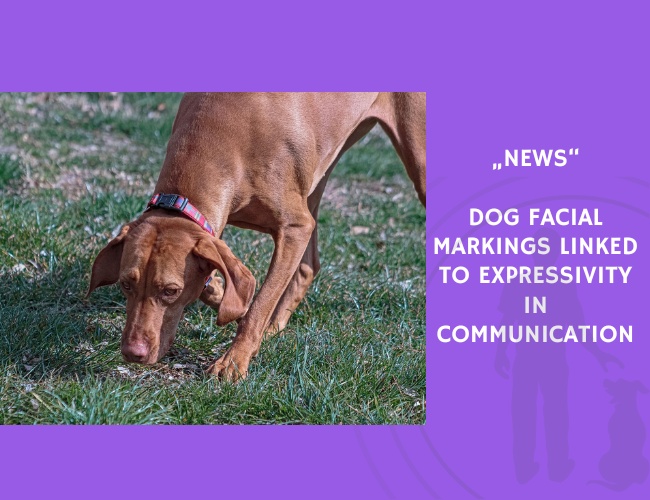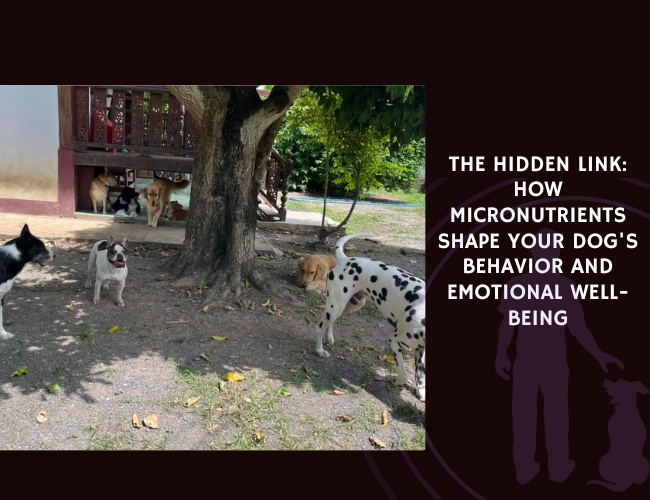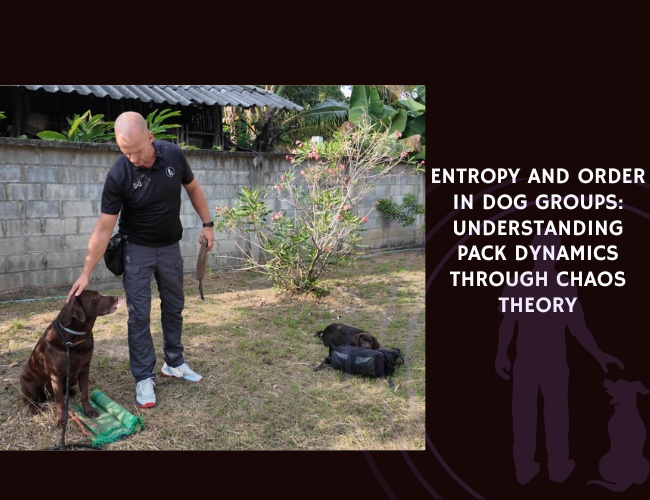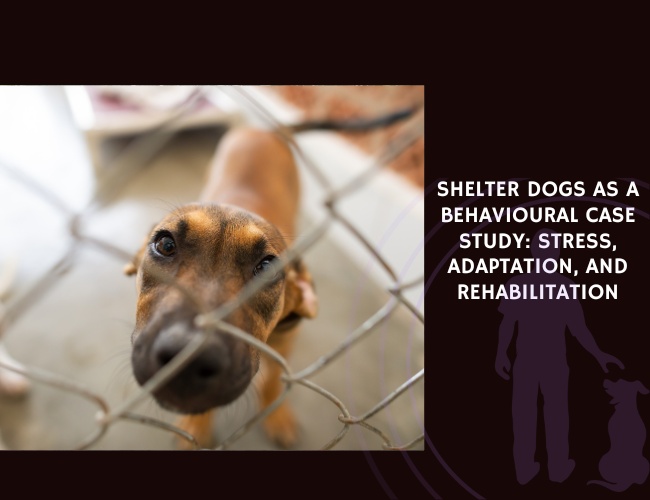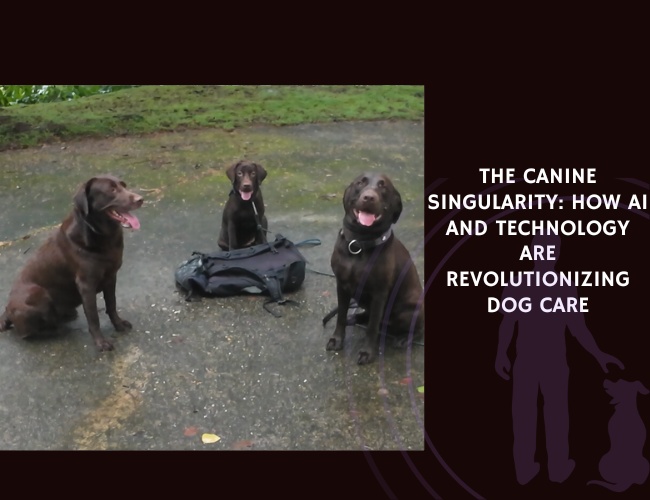Facial expression is a cornerstone of social communication in both humans and animals. While facial phenotypes such as markings, patches, or eyebrow patterns are known to influence communication in primates, their role in dogs has been less understood. Sexton et al. (2023) investigated how facial complexity influences expressivity in domestic dogs.
Using the Dog Facial Action Coding System (DogFACS), the researchers objectively measured expressivity in 103 dogs of different breeds, ages, and training levels. They developed a standardized coding system for facial patterns and coloration to evaluate how these phenotypes correlated with expressivity.
The results revealed a statistically significant negative correlation between facial complexity and expression rate (r = −0.326, p ≤ 0.001). In other words, dogs with plainer faces displayed more facial expressions, making their emotions easier for humans to recognize. Owners were also more accurate in judging expressivity in adult dogs with plainer faces compared to those with more complex markings.
Interestingly, dogs used their facial muscles more holistically in highly social interactions compared to ambiguous situations, suggesting that context strongly influences expressivity. Age and skill level also mattered—adult and trained dogs were more expressive than seniors or untrained dogs.
These findings highlight the importance of considering facial features, age, and training when evaluating dog–human communication. For trainers, owners, and welfare advocates, recognizing the role of facial complexity could improve human interpretation of canine emotions and enhance cooperative relationships.
Source: Sexton, C., Buckley, C., Lieberfarb, J., Subiaul, F., Hecht, E., & Bradley, B. (2023). What Is Written on a Dog’s Face? Evaluating the Impact of Facial Phenotypes on Communication between Humans and Canines. Animals, 13. References: 68. Citations: 6.

